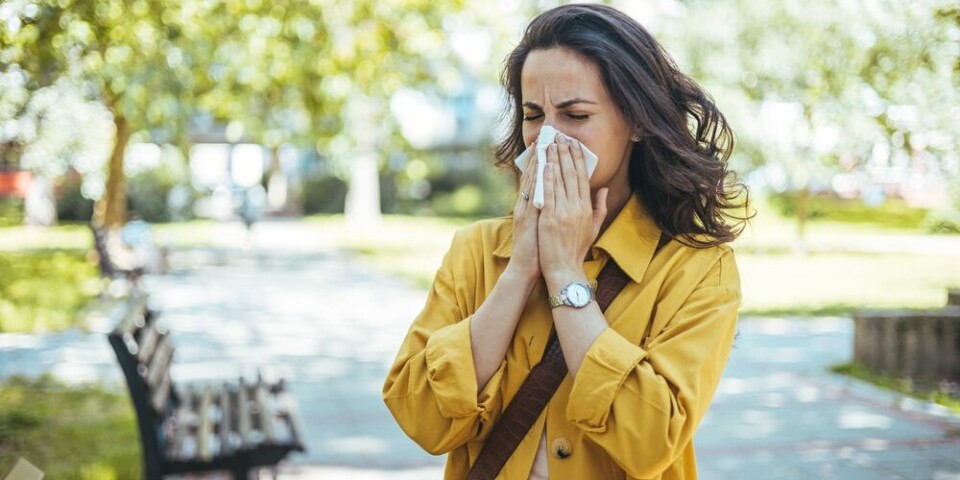-
Closest ski resort to Paris for sale
La Loge des Gardes, a family-friendly resort, offers year-round activities and is seeking new ownership
-
French inventor develops new air purifier after daughter’s asthma attack
Particles in the air attach themselves to ionised air from the machine causing them to fall to the ground
-
Trump calls for Marine Le Pen to be freed (but she is not in prison)
US president said her embezzlement court case was a ‘witch hunt’
Covid and drought strands barge owner on France’s canals
It took one Australian traveller seven months to make what is usually a three-week trip along the impacted waterways last year

An Australian barge owner has told The Connexion that it took him half-a-year longer than expected to travel by canal between two destinations in northeast France, with the waterways heavily impacted by exceptional drought conditions and the Covid-19 pandemic in 2020.
Bryan Griffin, 81, a former air pilot, said he spent a frustrating seven months completing what should have been a three-week journey between Saint-Jean-de-Losne (Bourgogne-Franche Comté) and the city of Nancy (Grand Est).
The navigation authority responsible for the management of a majority of France’s canals told The Connexion that Mr Griffin’s experience was due to Covid-19 and rare droughts, particularly in the North East.
After being laid up in a dry dock at Saint-Jean-de-Losne for repairs, he tried to get to Nancy via the Canal du Vosges.
He got to Auxonne, but could go no further due to a lack of water.
After a couple of months, he decided to try via the Champagne canal.
“That was a bad move as after several long delays I was stuck in another town, Langres, for two months, Mr Griffin told The Connexion.
“After escaping there I got onto the Marne and managed to get as far as Bar-le-Duc, before having to stop yet again, due to low water. Eventually the canal navigation authority said it was safe to continue.”
Voies Navigables de France (VNF) manages 6,700 kilometres of navigable rivers and canals in France. Their spokesperson for the North East said Mr Griffin’s experiences were due to the particular problems faced last year.
“First the Spring confinement period meant no traffic was able to move and we could not undertake any planned repairs.
“We also had no rain during that period, unheard of for this part of the country, which meant we had very little water for the canal system.
“We pump water first from rivers and then from lakes into the canals, but we cannot do this when it would leave the natural waterways at a dangerously low level. This meant, we had no choice but to close canals for short periods,” the spokesperson said.
He said that although there is less freight than in the 19th century, the government and local authorities are still investing in the canal and river network.
“In some areas there is still a significant amount of commercial traffic and the waterways are increasingly regarded as an important tourist attraction, both for leisure boats and for visitors to the local area. There are cycle paths or plans for one alongside many of them.”
The VNF has recently invested €17 million into the Sambre-Oise canal, which should be reopened this summer. Two bridges dating from 1835 and 1838 are being restored, the canal dredged and twenty-two locks modernised.
Mr Griffin said that despite his difficult year he wants to continue living and travelling on his barge.
“If I went back to Australia, I would only be able to afford a small apartment with no view. Here I can look out at the water and the sky. Why would you want to live anywhere else?”
Read more:
A guide to cruising around France: where to go, what to see
Hikes and fat bikes: French ski firms diversify for Covid
























